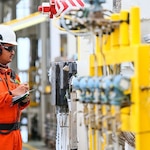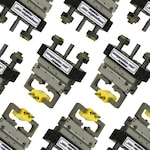Tapping your foot anxiously, you glance at your airline ticket and the terminal noted on it. The flight will be boarding in a few minutes. As you look around, there are several other people waiting for this flight; it seems the plane is fully booked. You close your eyes and breathe in deeply, calming your nerves. The air seems fresh, not stagnant, despite the large number of people around you. There are no empty seats in the area, so you carefully find a window to lean against as you watch the airplanes of other terminals and wait for your own.
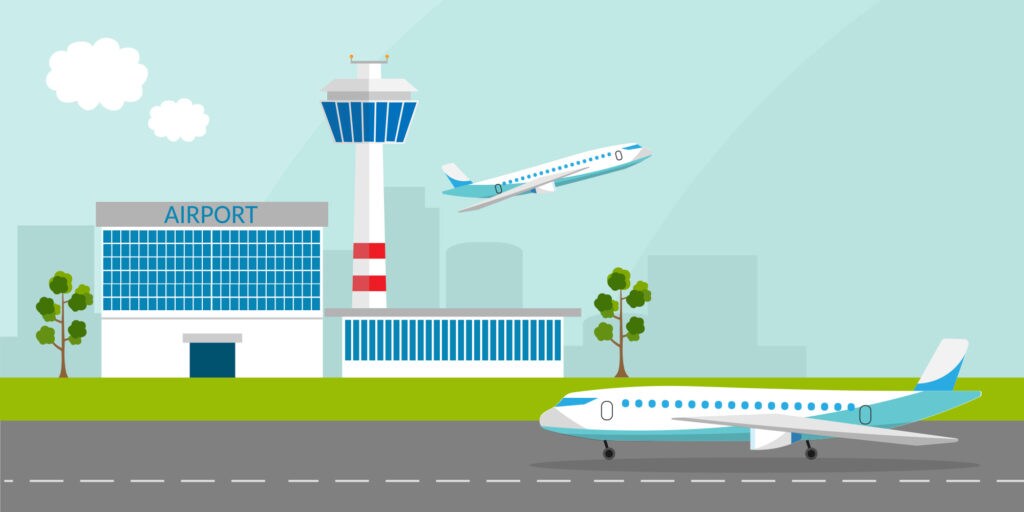
Airports must provide a controlled environment for their visitors, while allowing scheduled maintenance within a building that is operational 24/7. Additionally, they must offer a high level of security for their passengers, all while simultaneously moving those travelers and their luggage rapidly through the building, in a finite amount of time.
Generally, airports are large complex buildings divided into numerous areas, with a number of smaller units located within them. Building automation systems (BAS) are used within airports to monitor and control sensors for things like filters, temperature, air flow, and building energy usage.
Airport automation, put simply, is needed to help ensure safety for world travelers and efficiency for those who make it possible. When an airport's BAS is functioning properly, travelers can focus on the tasks at hand while everything runs in the background to keep them safe.
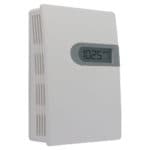 Particulate Matter Transmitter, Series PMI
Particulate Matter Transmitter, Series PMI Often, limitations in filtration capability can result in outdoor particulate matter finding its way indoors when air handling units (AHUs) draw in fresh air. Despite the best efforts of high-efficiency filters, some outdoor particulates might escape filtration, posing potential health risks to occupants.
This is where advanced sensors, such as the Series PMI, play a crucial role. These sensors can effectively detect and monitor particulate matter levels in real-time, providing insights into the quality of the indoor air. By identifying and addressing particulate matter concentrations, airports can enhance their air quality management strategies, ensuring that passengers and employees are safeguarded against potential health risks associated with outdoor pollutants infiltrating indoor spaces.
Once the air has been cleaned and is on its way inside the main terminal, the next obstacle is controlling where the treated air is needed. This calls for a number of different sensors. Some of the critical parameters that need to be measured are:
- Temperature
- Humidity
- Carbon dioxide (CO2)
- Air velocity
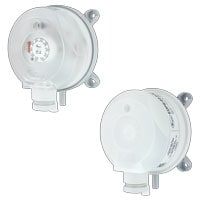
Another vital role of the BAS is to conserve energy. The demand for treated air varies significantly during the 24-hour period the airport is open. Thus, to allow the most efficient use of energy, differential pressure transmitters and air velocity transmitters can be used to allow for the maximum control of variable speed fans. Differential pressure switches, like the Series ADPS, can also be used to monitor the performance of local filters on the supply air to individual commercial units.
As the cost of energy increases and the need to meet various energy efficiency codes around the world increases, BAS sensor suppliers like DwyerOmega are well placed with their complete product line to help building operators monitor and control their air conditioning needs.
If you have any questions about selecting products for your application, the DwyerOmega Applications Engineers are available to assist by phone at (219) 879-8868 x6402, or by email at tech@DwyerOmegamail.com.
